Our vision is a remarkable and intricate sense that allows us to experience the world around us in vibrant detail. However, it's not just about what we see directly in front of us. Peripheral vision plays a crucial role in our daily lives, aiding in spatial awareness and balancing. But what happens when this peripheral vision starts to fade away? Today, we'll explore the concept, causes, implications, and management techniques of peripheral vision loss.
Understanding Peripheral Vision Loss
Peripheral vision, also known as side vision, is the ability to see objects and movements outside of our central focus. It extends our field of view beyond what's directly in front of us, providing a panoramic awareness of our surroundings. This peripheral vision allows us to detect motion, spot potential hazards, and maintain spatial orientation. It’s consequently essential for tasks like driving, navigating crowded spaces, and participating in sports.
Causes of Peripheral Vision Loss
Peripheral vision decline can occur due to various factors, including eye conditions, injuries, and systemic diseases. However, a group of eye conditions called glaucoma are the leading cause of this vision loss as they damage the optic nerve. Other conditions like retinitis pigmentosa, diabetic retinopathy, and certain neurological disorders can also contribute to diminished peripheral vision. Lastly, head injuries and certain medications can affect the peripheral visual field.
Implications and Challenges
Any level of peripheral vision loss can significantly impact an individual's quality of life. Simple activities like crossing the street, navigating through crowded areas, or playing sports can become challenging and potentially dangerous. Declining peripheral vision consequently leads to an increased risk of falls and accidents. It can also affect emotional well-being, as individuals may feel a sense of isolation or anxiety due to their limited field of view.
Coping and Management
While peripheral vision loss can be challenging, there are strategies and tools available to help anybody adapt to and manage their condition. Regular eye check-ups are crucial for early detection and intervention.
For those with existing conditions, low-vision aids such as magnifiers, telescopic lenses, and specialized glasses can enhance their remaining vision. Orientation and mobility training can improve spatial awareness and help many people confidently navigate their environment. Support groups and counseling can also provide communal and emotional assistance for those with peripheral vision loss.
Promising Research and Prospects
Furthermore, there are promising developments in the fields of vision science and medical research aimed at addressing peripheral vision loss. Scientists and researchers are continually exploring innovative treatments, such as gene therapies and retinal implants, that hold the potential to restore or enhance peripheral vision.
These advancements offer a glimmer of hope for those affected by peripheral vision loss, hinting at a future where technology and medical breakthroughs could potentially reverse such limitations. As we continue to unravel the human visual system’s complexities, the prospect of improved outcomes for individuals with worsening peripheral vision remains a beacon of possibility on the horizon.
Lifestyle Adjustments and Advocacy
Lastly, living with peripheral vision loss requires adjustments to daily routines and personal habits. Anybody facing such challenges can benefit from practical changes to their environment, such as adjusting their lighting, minimizing clutter, and creating clear pathways. Furthermore, openly discussing this condition with friends, family, and coworkers can foster mutual understanding and support. By embracing these adjustments and advocating for change, individuals can empower themselves and contribute to a more inclusive and compassionate world.
We can help with Peripheral Vision Loss
While peripheral vision loss may present challenges, technological and rehabilitation techniques offer newfound hope and support for many. Understanding the importance of peripheral vision and its potential decline underscores the need for regular eye care and proactive management of eye conditions. Remember, seeking timely medical attention and exploring available resources can make a significant difference in adapting to and managing peripheral vision loss.
If you’re overdue for a comprehensive eye exam, then give us a call to schedule an appointment today.
We're proud to help our community navigate and overcome its visual pitfalls. We look forward to getting to know you and providing you with the best optometry exams.

